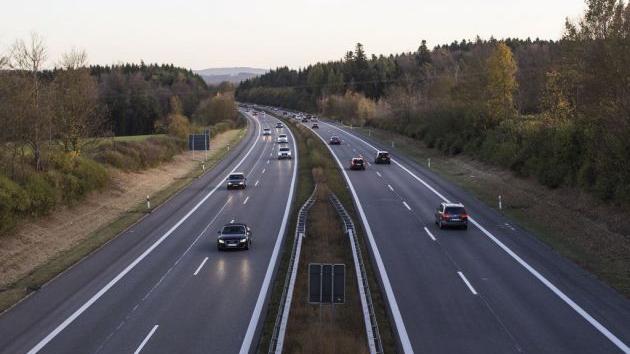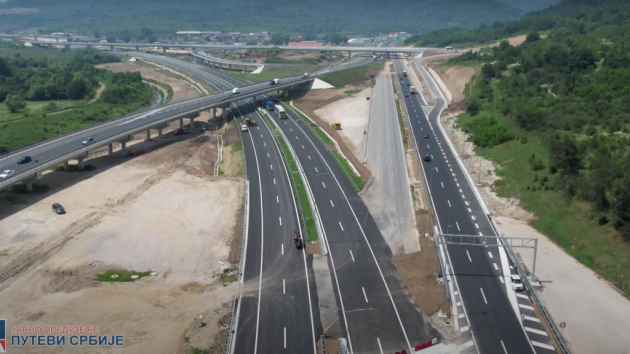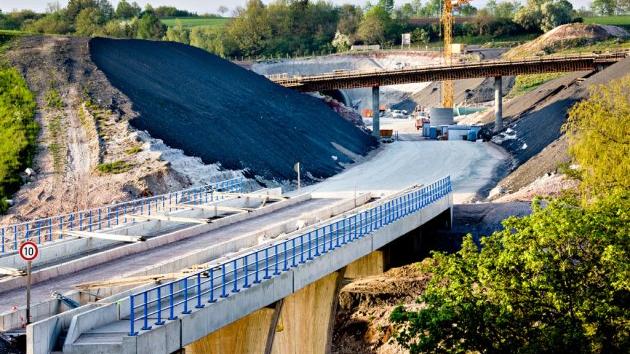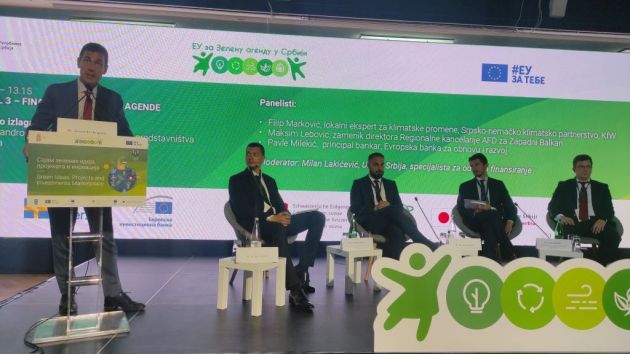Serbia’s Debt to China Has Increased 12 Times in the Past Ten Years
Source: Beta
 Thursday, 10.08.2023.
Thursday, 10.08.2023.
 09:37
09:37
 Thursday, 10.08.2023.
Thursday, 10.08.2023.
 09:37
09:37
Illustration (Photo: Pixabay / Marcel_Elia)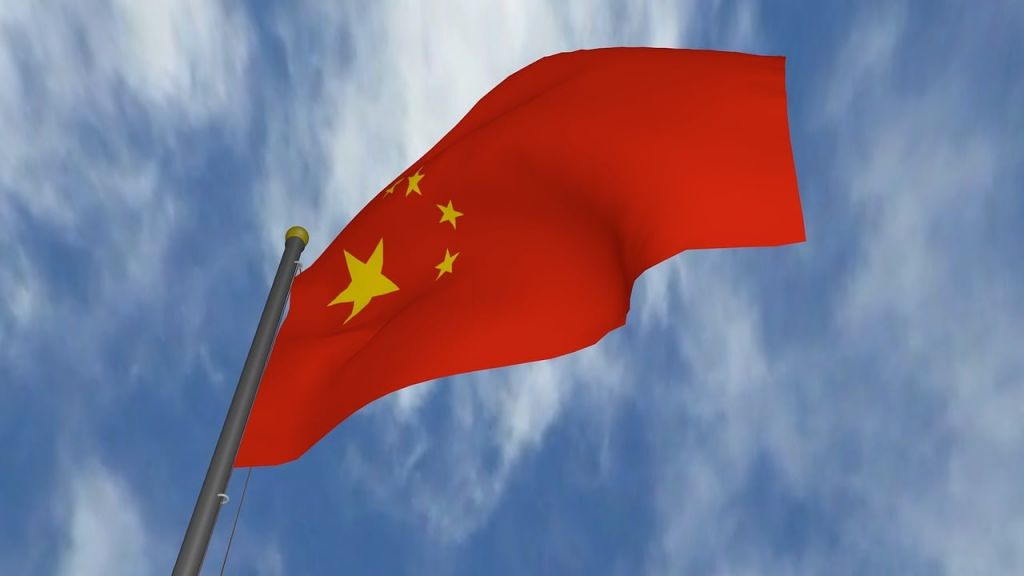

The majority of the debt pertains to the loans taken out at the Chinese Export-Import Bank, and at the moment, according to the NBS’s data, Chinese loans comprise a total of 8.4% of Serbia’s external debts, which means that the state owes EUR 8 to China to each EUR 100 of debts toward foreign creditors.
The article remind that the biggest investor and the most important foreign trade partner of Serbia is the EU and that Serbia has been a candidate state for membership in the European block since 2012.
At the same time, Serbia is part of the Chinese state initiative “Belt and Road” with the countries of Central and Eastern Europe (17 + 1) for the re-opening of trade channels toward the West, and the corridor follows the ancient Silk Road so that China would boost its economy.
What can be seen on the website of the Public Procurement Office is that, for example, the debt of Serbia toward the European Investment Bank (EIB) on the date of May 31, 2023, is EUR 1.8 billion, a half of what the country owes to China. According to the same data, the debt toward the European Bank for Reconstruction and Development amounted to EUR 435 million, and toward the German Development Bank (KfW) EUR 174 million.
As can be seen from the budget, Serbia is currently paying out the loan for the Zemun-Borca bridge in Belgrade, the ring road around Belgrade, the highway by which it will connect Belgrade and Cacak in central Serbia, the new block of the Thermal Power Plant Kostolac B and the fast route Novi Sad-Ruma, also known as the “Fruska Gora Corridor,” RSE writes.
The longest repayment period, until 2039, is for the Preljina-Pozega highway section and the Novi Sad-Subotica railroad section within the Belgrade-Budapest international railroad.
This kind of a situation with Chinese loans, according to Branimir Jovanovic, a representative of the Vienna Institute for International Economic Studies, is not cause for worry yet, but, as he said, “caution is advised.”
– The main problem with the Chinese loans are certain hidden clauses which can have a very high price – Jovanovic assessed for RSE.
It is also pointed out that taking out Chinese instead of European loans has been justified by the authorities in Serbia by the flexibility and a greater ease of access. According to him, the fact that Chinese loans are easier to get has its price.
– They are not cheap and that is well known. Chinese loans usually have a slightly higher interest rate than European ones, although not by much – he said.
What can be problematic when it comes to Serbia’s debts toward China, the representative of the Vienna Institute points out, is that the loan agreements say that the Chinese arbitration committee is in charge of arbitration.
– That practically means that, if there is a dispute, Serbia would have limited maneuvering space, because the arbitration would be in the hands of the Chinese institutions – Jovanovic said.
As an advantage of Chinese loans, Jovanovic cited that they had “fewer conditions and rules for spending the money, reporting and other aspects related to project realization.” That, however, as he clarified, does not have to be a good thing necessarily.
– European loans are stricter and more complicated in that sense, because they have precise rules regarding project documentation, tenders, transparency and such things. Those strict rules have a good side, because they reduce the possibility of corruption and problems with project realization – Jovanovic concluded.
“Clean Serbia” one of biggest Chinese projects in Serbia in scope
One of the biggest Chinese projects in Serbia in terms of scope, “Clean Serbia”, agreed in August 2021, entails the construction of a sewer network in 77 locations in Serbia. The agreement was signed by representatives of the Government of Serbia and China Road and Bridge Corporation (CRBC). Announcing the project, the authorities in Belgrade said that it was worth EUR 3.2 billion.
The funds should be secured through a loan from China, and the sum is nearly identical to the sum that Serbia already owes to China. The main contractors will be Chinese companies.
The credit for the first phase of the project, in the amount of EUR 203 million, was approved in 2022 by the members of the Serbian parliament, and the job was contracted without a tender, through direct agreement with CRBC.
It is also pointed out that Chinese projects in Serbia are, as a rule, agreed directly, without a tender, and that Chinese companies and workers are chosen as the contractors. The publishing of tenders for the works, where the best bidder would be chosen, is part of European regulations, which are not complied with in this and other Serbian-Chinese projects.
The Serbian Law on Public Procurement Procedures also proscribes a mandatory publishing of tenders. However, Serbia and China have signed interstate agreements which trump the law.
On the other hand, for projects which are financed from the loans of European institutions, as the EIB previously explained for RSE, the EU very often provides grants. The project is thereby partly financed from the loans which are paid for by the citizens of Serbia, and partly from EU money. Transparency and the publishing of a tender for the contractor are mandatory in such cases.
Companies:
 Narodna banka Srbije Beograd
Narodna banka Srbije Beograd
 Uprava za javne nabavke Beograd
Uprava za javne nabavke Beograd
 Evropska investiciona banka EIB
Evropska investiciona banka EIB
 EBRD Evropska banka za obnovu i razvoj Beograd
EBRD Evropska banka za obnovu i razvoj Beograd
 KfW kancelarija Beograd
KfW kancelarija Beograd
 China Road and Bridge Corporation Serbia ogranak Beograd
China Road and Bridge Corporation Serbia ogranak Beograd
Tags:
National Bank of Serbia
NBS
Export Import Bank
Public Procurement Administration
European Investment Bank
EIB
European Bank for Reconstruction and Development
German Development Bank
KfW
Vienna Institute for International Economic Studies
China Road and Bridge Corporation
CRBC
Branimir Jovanović
debts of Serbia toward China
Chinese loans
European loans
Belt and Road
Silk Road
Zemun Borca bridge
ring road around Belgrade
Belgrade Cacak highway
new block of thermal power plant Kostolac B
Novi Sad Ruma fast route
Fruska Gora corridor
Preljina Pozega highway
Novi Sad Subotica railroad
Belgrade Budapest railroad
Clean Serbia
Comments
Your comment
Naš izbor
Most Important News
Full information is available only to commercial users-subscribers and it is necessary to log in.
Follow the news, tenders, grants, legal regulations and reports on our portal.
Registracija na eKapiji vam omogućava pristup potpunim informacijama i dnevnom biltenu
Naš dnevni ekonomski bilten će stizati na vašu mejl adresu krajem svakog radnog dana. Bilteni su personalizovani prema interesovanjima svakog korisnika zasebno,
uz konsultacije sa našim ekspertima.


 Izdanje Srbija
Izdanje Srbija Serbische Ausgabe
Serbische Ausgabe Izdanje BiH
Izdanje BiH Izdanje Crna Gora
Izdanje Crna Gora


 News
News







